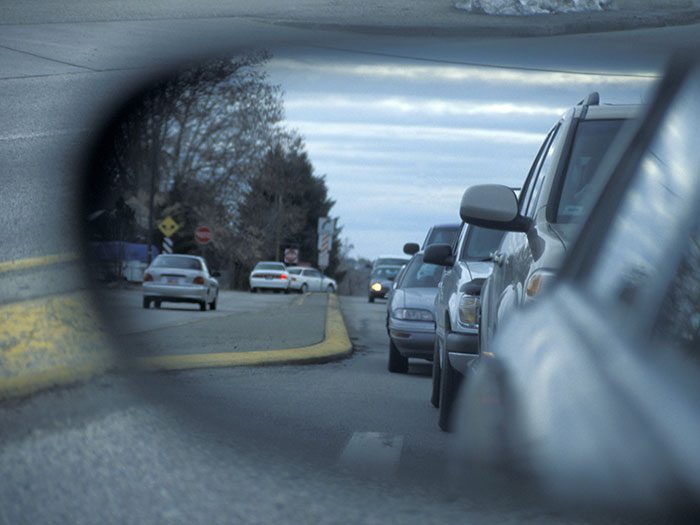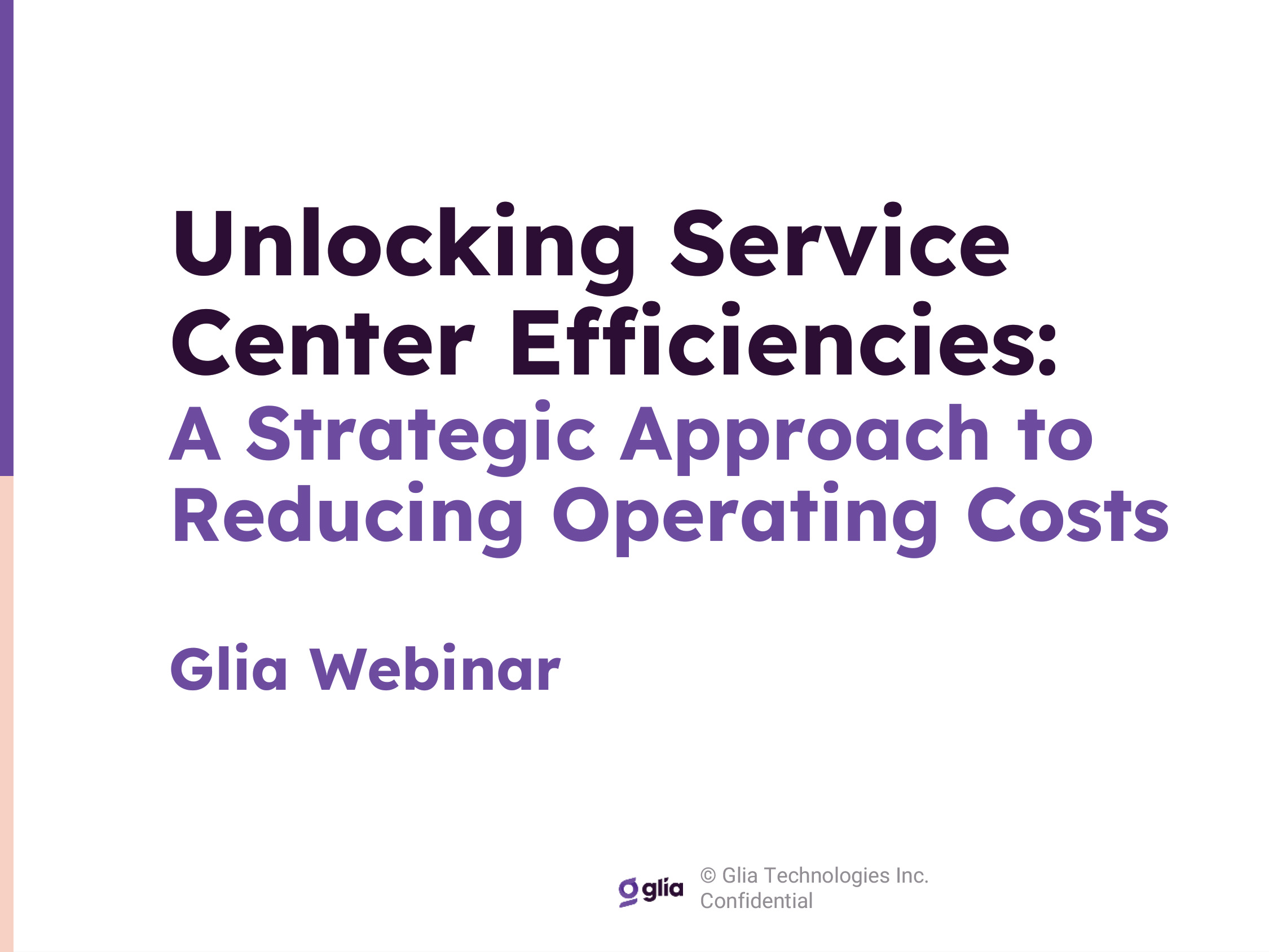Sponsored: Philadelphia Insurance Companies
No U-Turns: Driving Forward in Fleet Safety

How many left turns did you make on your drive into work this morning?
Most have to stop and think through their commute to arrive at an answer. It’s not an experience that stands out; it’s routine and practiced for most drivers.
But according to a 2001 study by the National Highway Traffic Safety Administration, based on 1.7 million car crashes, a left-hand turn is 10 times more likely to lead to a collision than a right turn. In left-turn crashes, the impact also tends to be more severe. Collisions are more likely to be head-on or at a right angle; whereas in right turns the collision tends to be more of a glancing blow or sideswipe.
“You cross more lanes of traffic making a left turn. There are more variables at play, which means more decisions to make for the driver,” said Peter Kim, Assistant Vice President, Risk Management Services, Philadelphia Insurance Companies.
At the same time, auto insurance rates continue to rise due to higher frequency of crashes and claims, increasing cost of vehicle repair, and rising medical costs. Companies managing vehicle fleets may not be able to influence the last two factors, but they can reduce claims by training their drivers in collision avoidance.
Eliminating left-hand turns almost entirely can be a part of that effort.
“UPS, for example, cut left turns out of drivers’ routes, which allowed them to not only reduce crashes, but also improve efficiency by spending less time idling at intersections. That also meant they could save money on fuel and reduce their carbon footprint,” Kim said.
But sometimes left turns are simply unavoidable. Companies can mitigate the risk by implementing broad fleet safety measures with the help of an experienced insurance partner.
The Dilemma of Distracted Driving

Peter Kim, Assistant Vice President, Risk Management Services
While the logistics of turning left make it a more dangerous maneuver, the risk is compounded by the larger issue of distracted driving.
In 85 percent of crashes involving a left turn, errors in driver recognition and decision-making were to blame. Those errors can be attributed to three underlying factors: obstructed view, inadequate surveillance, or incorrect assumption of others’ actions.
“What that means is that the driver either could not see the whole intersection, did not check the intersection for oncoming traffic, or did not react appropriately to what they saw,” said Kim.
Not reacting to another driver in time could simply be due to a momentary lapse in judgment, but the rise of distracted driving may also be slowing reaction times or impeding decision-making behind the wheel. Tech-enabled dashboards and cell phones consistently compete for drivers’ attention, and many believe they can safely keep an eye on the screen and on the road at the same time.
Of respondents to a National Safety Council survey, 13 percent said they were comfortable driving under the influence, while 47 percent said they were comfortable texting and driving.
But studies show that reaction time is actually slower when driving while using a cell phone than driving with a blood alcohol level of 0.8 percent.
“Texting and driving can be just as dangerous as drunk driving, and the disparity in how drivers’ perceive that danger needs to be addressed,” Kim said.
Managing Fleet Safety
Companies can address the risk of distracted driving in several ways.
First and foremost, a cell phone policy can keep drivers’ attention on the road and both hands on the wheel — but only if it’s enforced.
“Having a policy that is not enforced is almost as dangerous as having no policy at all,” Kim said. A cell phone policy can dictate that drivers not use their phones at all while they drive, or it can allow for hands-free use.
But safety managers can’t be in the passenger seat of every car. If they can’t see drivers’ behavior, how can they enforce a cell phone policy?
By relying on the eyes of others on the road.
“Texting and driving can be just as dangerous as drunk driving, and the disparity in how drivers’ perceive that danger needs to be addressed.”
“We partner with a company called SafetyFirst that provides bumper stickers listing the vehicle’s ID number and a phone number to call to report poor driving,” Kim said. “If someone notices one of our insureds’ employees texting while driving, they can report it.”
SafetyFirst then verifies and validates the report and sends a “Motorist Observation Report” (MOR) back to the employer, who can bring the issue to the driver’s attention and take corrective action. The company in turn sends a confirmation back to SafetyFirst, stating that it followed up on the MOR.
“When the confirmation rate exceeds 80 percent, we see a reduction in losses,” Kim said.
Telematics also offer a data-driven way to identify the drivers and behaviors that trigger losses.
Philadelphia Insurance recently conducted a pilot program with a fleet telematics provider to gather data, further study fleet safety risk management, and fine tune its approach to loss reduction.
“Through this large experiment, we have implemented GPS units in select insureds’ vehicle fleets. This is just a small sample that we’re using to gather data to inform how we may move forward in this area,” Kim said.
The units track a number of driving behaviors, including speeding, idling, hard braking, and acceleration. The telematics provider generates safety scores on a 1 to 100 scale based on the data, which organizations can use to identify the departments or individuals with the worst safety performance.
“So far, we have seen losses consistently coming in from the divisions with the poorest safety performance,” Kim said. “If we can show a correlation between telematics data and losses, it can help to direct loss control strategy going forward.”
Philadelphia Insurance also provides free fleet safety training modules through a collection of online resources called SmarterNow! The program provides 13 training modules specific to fleet safety, covering a range of topics including distracted driving, defensive driving, bus driving and winter driving. Additional modules address other safety issues such as bloodborne pathogens, slip/trip/fall prevention and workplace violence, among others.
Philadelphia Insurance also provides technical bulletins on left-turn safety for clients, for when left turns are simply unavoidable.
“We want to be able to put tools and resources into our insureds’ hands so they can improve their risk management strategies,” Kim said. “Our ultimate goal is to make our clients safer.”
To learn more, visit https://www.phly.com/rms/Services/.
This article was produced by the R&I Brand Studio, a unit of the advertising department of Risk & Insurance, in collaboration with Philadelphia Insurance Companies. The editorial staff of Risk & Insurance had no role in its preparation.










